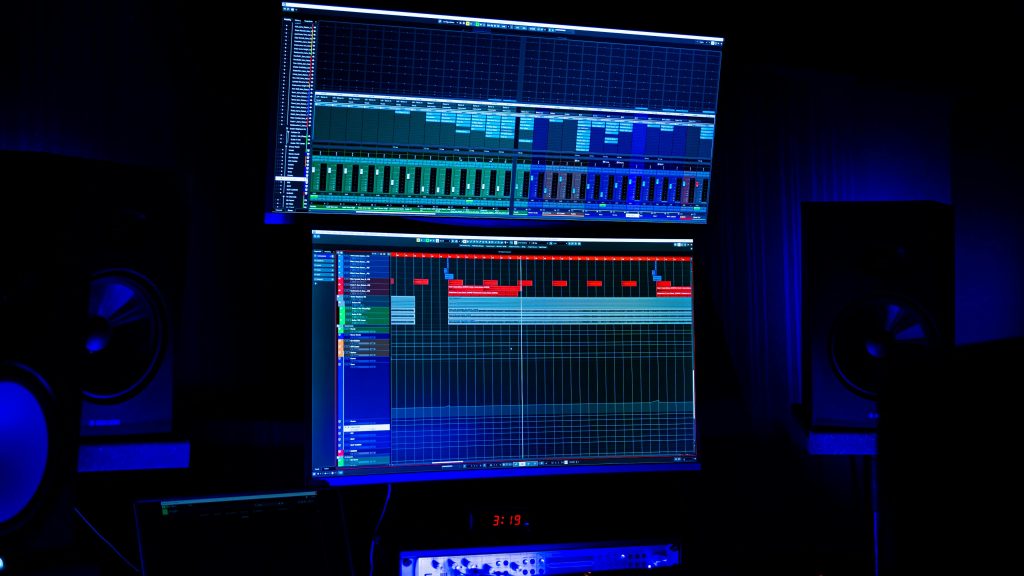How to make the perfect risers for your music productions
We’ve all been there on the dancefloor – when you get that overwhelming excitement and anticipation as we hear those rising frequency sweeps that indicate the track is about to change in some way, whether that be by the introduction/removal of elements or a change to a different part of the arrangement (especially druing the pre-drop breakdown). We hear them all the time whether we’re consciously aware of them or not.
Let’s take a deep dive so that we all fully understand what risers are, why we use them, and even go into some ways in which we can make our own. Let’s go!
Understanding risers
Risers are audio effect elements that are specifically designed to forge a sense of tension, and anticipation and build-up into a climactic part of a track. Typically, as the name might suggest, risers are a rising sound or a series of sounds that incrementally increase in volume, pitch and intensity over a set, short period. Risers can be created in many ways using white noise, synthesizers, drums or other samples. They are commonplace in most types of electronic music but also find their uses in pop, film scores and soundtracks, often to denote transitions between sections, the introduction of new elements and heighten the impact and energy of music.
Creating risers from scratch
Choosing the right sounds for your risers

Consider the genre
When choosing the sounds for your risers, it’s worth considering the genre and mood you’re producing for. If you’re making an electronic dance track you’re likely going to be opting for synthesised risers and white noise sweeps, whereas if you’re producing a cinematic score, you’ll likely choose orchestral swells and atmospheric effects.
Texture and timbre
Different textures are always fun to experiment with when trying to find the right sound for your rise. Try using a synthesised sound, acoustic instruments, foley/field recordings and vocal samples.
Frequency range
It’s also worth thinking about the frequency range of your riser, ensuring that it fits well into your mix without clashing with other important elements. Remember, high-frequency elements can add brightness and excitement, whereas low-frequency elements lend themselves to adding weight and impact.
Layering and combining different elements

Multiple layers
For more complex risers, why not start to layer your elements to create depth and variety? Maybe that white noise riser and synthesized riser sound great on top of each other!
Blend and balance
Do watch out for frequency masking here, try to blend them using EQ and volume, or even think about moving them to other parts of the stereo field by panning them left or right.
Effects processing
How about adding your favorite reverb or delay plugin and modulating some of the paremters to get some novel effects? The more you play with these things, you’ll soon enhance the texture and character of each layer to really make them your own!
Techniques for building tension and anticipation

Pitch modulation
To build that tension, pitch modulation and automation are going to be your best friend! If you gradually increase the pitch of your sound, you will create a sense of upward motion and anticipation, try doing this with a pitch bend or a frequency shifter for different results.
Volume swells
Try using volume automation or an envelope shaper to control the dynamics of your sound, as gradually increasing the volume of your sound over time with build the tension and lead you to that all-important climax.
Filter sweeps
Low-pass and high-pass filters are a great tool for risers. The gradual opening and closing of these over the duration of your sound will help to create movement and add a sense of anticipation. Experiment with different filter types and modulation options to keep things interesting.
Rhythmic patterns
Looking for your riser to add urgency and drive to your track? Why not add a rhythmic pattern, or pulsating element? Gate plugins and sidechain compression will be your best friends here!
Arranging risers in your tracks
Placement of risers within a track for maximum impact

Strategic placement
It’s super important to consider the arrangement and structure of your track when deciding on where to place your risers. If you listen to reference tracks, or other music in the genre you’re producing for you’ll likely notice a pattern of where these types of sound are most commonly used. These are usually at transition points such as verses/choruses, drops & breakdowns.
Build-up dynamics
Use risers to gradually increase tension and anticipation leading into key moments in your track. Experiment with the timing and duration of risers to create a sense of progression and excitement.
Variety and contrast
Try not to be predictable or use risers too frequently – instead, try to vary their placement and intensity to keep the listener engaged and keep the dynamic contrast interesting.
Looking for Riser Samples? Remember – RouteNote Create subscriptions start from as little as $2.99. You also get 10 FREE credits to spend on samples along with access to our FREE sample pack bundle when you sign-up
